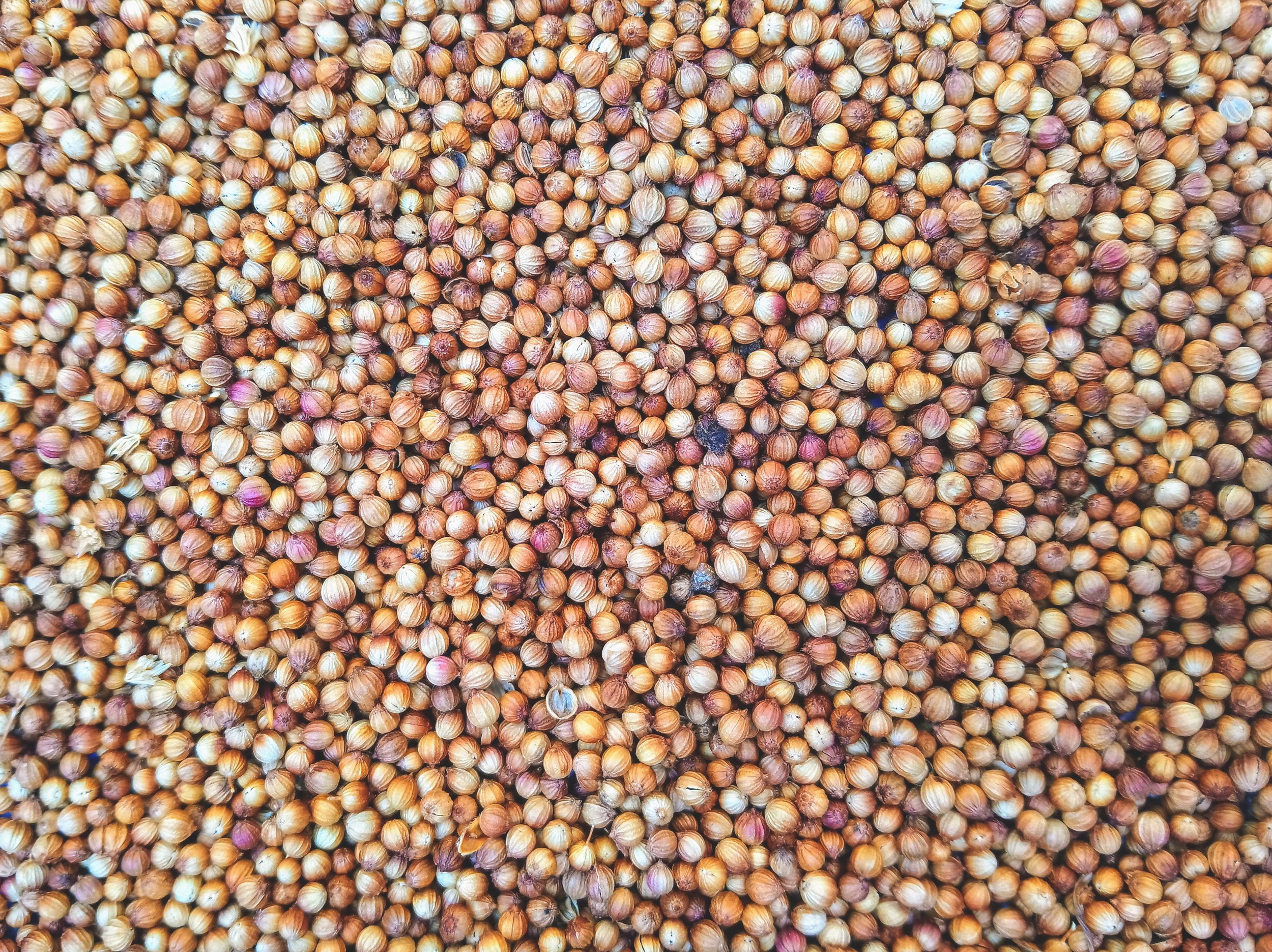
Mustard seed
Mustard seed is the small, round seed of the mustard plant, and it has been used for centuries in cooking and traditional medicine. The history of mustard seed can be traced back to ancient civilizations, where it was highly valued for its culinary and medicinal properties.
In ancient Egyptian civilization, mustard seed was used in cooking and was also believed to have medicinal properties. The ancient Greeks and Romans also used mustard seed in cooking and as a condiment, and it was also believed to have medicinal properties, such as helping with digestion and respiratory issues.
Mustard seed was introduced to Europe during the Middle Ages and quickly became a popular spice. The early use of mustard seed was primarily as a condiment, mixed with vinegar or wine to create a paste that was used to flavor meat and fish.
During the 18th century, mustard seed became an important crop in Europe, particularly in the region of Dijon, France. Dijon mustard, made from brown mustard seeds and white wine, became a popular condiment and is still widely used today.
Today, mustard seed is widely used in a variety of cuisines around the world. It is a common ingredient in spice blends such as curry powder, and is also used to make mustard condiments. Mustard seed can be used in two forms, whole seed or ground. Whole mustard seed is often used to flavor pickling brines and to add a subtle crunch to rubs, marinades and dressings. Ground mustard seed is used to make various types of mustard, such as dijon, yellow, brown, and more.
In addition to its use in cooking, mustard seed is also valued for its medicinal properties. It is believed to have anti-inflammatory properties and is also used to treat a variety of conditions such as rheumatoid arthritis, asthma, and eczema. Mustard seed oil is also used in traditional Ayurvedic medicine for its warming and stimulating properties, and to improve circulation.
Here are some common dishes that go well with mustard seed:
Meat dishes: Mustard seed is often used to flavor meats such as pork, chicken, and beef. It can be used in marinades, rubs, and sauces to add a tangy, spicy flavor to the meat.
Vegetable dishes: Mustard seed can be used to add flavor to a variety of vegetable dishes. It can be used to make a flavorful vinaigrette to dress roasted vegetables, sautéed greens, and more.
Soups and stews: Mustard seed is a common ingredient in soups and stews, adding a unique and pungent flavor to dishes such as lentil soup, vegetable stew, and beef stew.
Fish and seafood dishes: Mustard seed pairs well with fish and seafood dishes, adding a unique and pungent flavor to dishes such as grilled fish, seared scallops, and shrimp scampi.
Pickling and preserving: Mustard seed is often used in the pickling process, particularly for pickling vegetables and fruits, such as cucumbers, peppers, and apples.
Curry and spice blends: Mustard seed is a common ingredient in curry powder and other spice blends, adding a unique and pungent flavor to dishes such as chicken tikka masala, biryani and more.
Condiments: Mustard seed is used to make a variety of mustard condiments, such as Dijon mustard, yellow mustard, and brown mustard.
Salad dressings and marinades: Mustard seed can be used to make flavorful salad dressings, marinades and vinaigrettes.
Sandwiches and burgers: Mustard seed is a common ingredient in many sandwiches and burgers, adding a unique and pungent flavor to dishes such as Reuben, French Dip and more
Overall, mustard seed is a versatile spice that can be used to add a unique and pungent flavor to a wide range of dishes, both savory and sweet. It is particularly well suited to dishes that are grilled, smoked, or pickled, and it is also a common ingredient in many spice blends and condiments.
